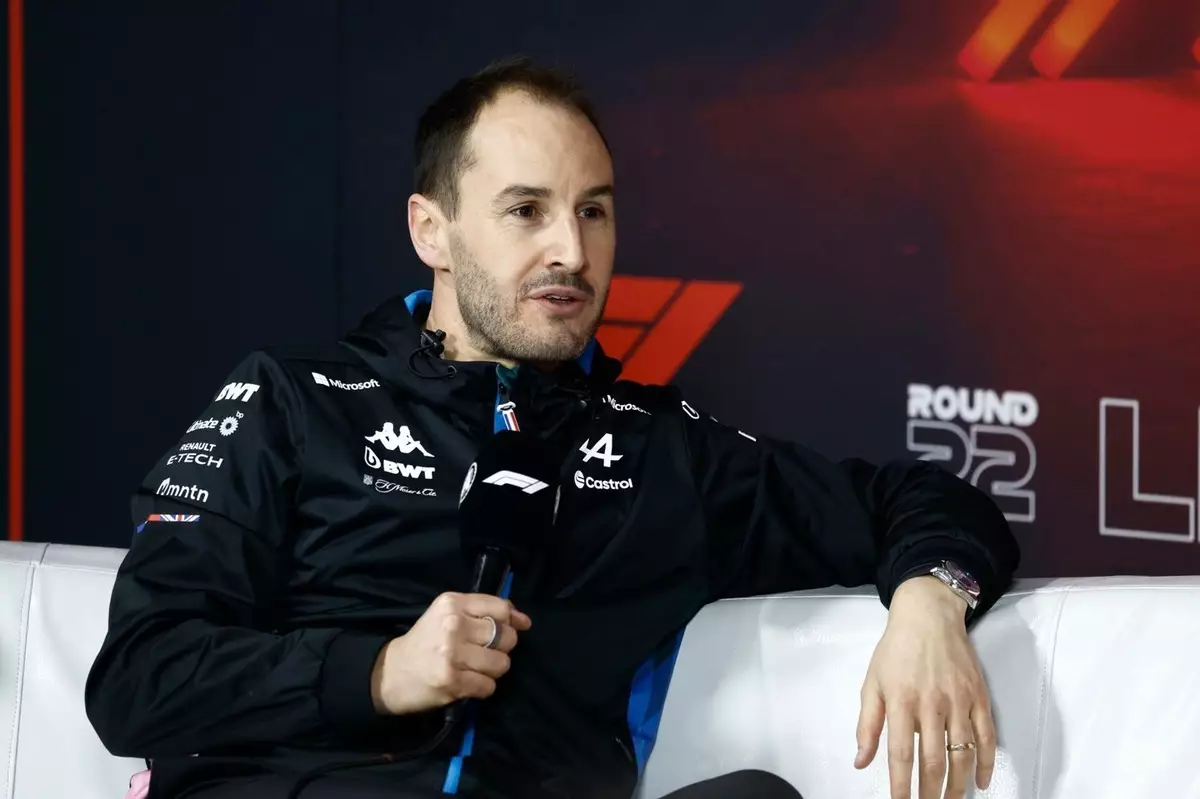The Alpine Formula 1 team, traditionally known for its heritage in the sport, faced significant challenges during the first half of the 2024 season. An analysis of this turbulent period highlights the need for change, prompting a strategic restructuring spearheaded by Oliver Oakes and advisor Flavio Briatore under Renault’s direction. Recognizing that the team’s performance was faltering, the leadership concluded that a thorough overhaul was essential to not only regain competitiveness but to also ensure a sustainable future within the ever-evolving Formula 1 landscape.
The shift began with a comprehensive evaluation of operational efficiencies at the Enstone headquarters. By reducing the workforce from over 1,100 employees to approximately 900, the management sought to streamline processes, reduce overheads, and enhance focus on core areas of performance. It was a bold move, one that was undoubtedly fraught with potential backlash, yet it seems to have set the stage for a second half of the season showcasing the team’s return to form.
Oliver Oakes emphasized the importance of concentrating on what truly matters in a budget-cap environment: building a competitive racing car. This clarion call resonates deeply within Formula 1, where efficiency is paramount. The restructuring effort didn’t merely shrink the team; rather, it aimed to redirect resources to enhance the fundamental aspects of racing. The synergistic relationship between the Downtime and Performance Optimization (DPO) initiatives is indicative of a shift towards a more streamlined approach.
Oakes’s viewpoint highlights a crucial aspect of competitive motorsport: “We need to focus on the main thing, which is building a good racing car and going racing.” This foundational philosophy steers their operational strategy, turning the focus away from mere headcount metrics and toward impactful contributions to vehicle performance. In essence, it’s about quality over quantity—a maxim that often goes overlooked in a sport rife with complex dynamics and tumultuous competition.
Another noteworthy component of Alpine’s revised strategy was the decision to partner with Mercedes for its power unit needs instead of pursuing an independent power unit development for the 2026 regulations. This decision showcases an acute awareness of the shifting landscape in Formula 1, where aligning with established powerhouses can be more beneficial than going solo, especially when financial and time constraints are significant factors influencing performance.
The confidence emanating from Oakes regarding the quality of resources is not unfounded. Commenting on the past few years‘ investments, he noted, “There has been a lot of investment the past few years, which also shows the support and commitment from the group at the end of the day.” Such investments encompass everything from advanced simulators to superior dynos, enhancing the team’s capability to perform at a higher level. The notion of preparing modern „toys“ around the core racing car serves as an insight into the multi-faceted approach necessary for contemporary F1 success.
As Alpine reflects on its past and looks toward the future, the key takeaway from Oakes’ remarks is the affirmation that a thoughtful and carefully planned restructuring is essential for competitiveness. The changing nature of Formula 1, marked by rapid technological advancements and increasing emphasis on effective resource management, necessitates a proactive stance. While specific timeframes for rejoining the competitive front remain unarticulated, the institutional knowledge at Enstone, combined with a renewed focus on performance, lays the groundwork for future success.
The narrative surrounding Alpine’s journey underscores the existential complexities of modern Formula 1. It serves as a potent reminder that continuous evolution—whether through structural rethinking or partnerships—remains imperative for survival and growth in a sport defined by its relentless pursuit of excellence. The Alpine team may well emerge stronger as it integrates lessons from its past into its ambitious roadmap ahead, striving always to return to a place among the elite in Formula 1 racing.


Napsat komentář